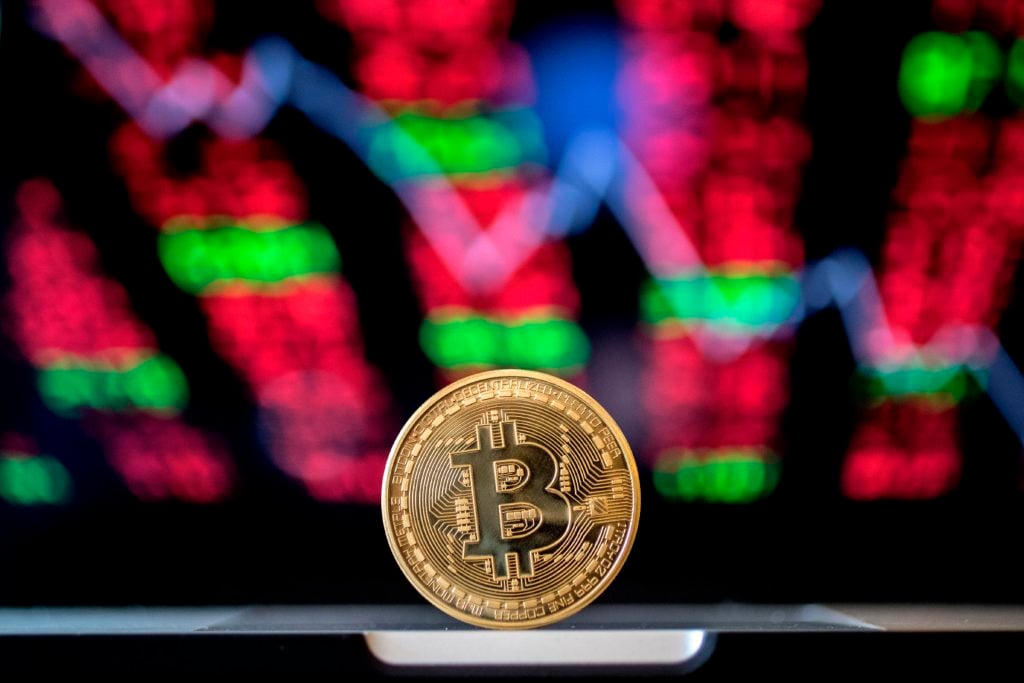
21 Nov A Laptop Used to Find Stolen Bitcoin Is Now at the Smithsonian
Source Credit: Content and images from Artnet News. Read the original article - https://news.artnet.com/art-world/laptop-seize-stolen-bitcoin-smithsonian-2573066
The Smithsonian’s National Numismatic Collection has acquired a laptop that a former Internal Revenue Service agent used to track down a hacker who stole billions in Bitcoin. The arrest resulted in a landmark criminal case that shifted the public’s understanding of cryptocurrency.
Chris Janczewski, the former IRS criminal investigator, used the laptop to discover the keys to 120,000 Bitcoin, now worth some $8.6 billion, stolen from the Bitfinex cryptocurrency exchange by hacker Ilya Lichtenstein. It led to what has been called the largest financial seizure in U.S. history.
The 35-year-old hacker was sentenced earlier this month to five years in prison for money laundering conspiracy, the U.S. Justice Department recently announced. Lichtenstein’s rapper wife, Heather Morgan, who goes by the stage name Razzlekhan and calls herself the “Crocodile of Wall Street,” was sentenced to 18 months in prison for helping him launder the money.
Upon the completion of the case, U.S. Magistrate Judge Zia Faruqui wrote to the National Numismatic Collection to raise awareness about the significance of the Bitfinex heist and the role Janczewski’s laptop played in solving it, and the Smithsonian Institute quickly acquired the 2019 MacBook Pro by way of transfer from the U.S. Department of the Treasury.

Bitcoin! Photo: JACK GUEZ/AFP/Getty Images.
Ellen Feingold, the curator of the National Numismatic Collection, explained the importance of the acquisition in an article published by the Smithsonian Magazine. She noted that it was recently installed in a gallery at the National Museum of American History that is centered on the theme “The Value of Money” and set to reopen later this year.
However, the curator noted that she faced what she called a “curatorial conundrum” regarding how to collect physical objects related to a digital currency. While the Smithsonian has developed better processes for digital collecting, it was not entirely feasible for it to acquire a Bitcoin even in its early days. Now, the currency’s cost is prohibitive.
Instead, Feingold had collected peripheral artifacts like a copy of the printed Bitcoin magazine, two physical bitcoins—which are worth the equivalent of a Bitcoin—and some 3D-printed Bitcoin jewelry.
“The Bitcoin engagement ring was a particularly significant acquisition because, by offering a creative alternative to a diamond engagement ring, it represented a rejection of conventional practices, much like the cryptocurrency itself,” Feingold wrote.
Bitcoin, the first of the cryptocurrencies, launched in 2009 while the world reeled from a global financial crisis. Crypto may be best known for an early speculative gold rush and later crash, but these alternative currencies are used today by millions of consumers and businesses to make payments and store money.
“Cryptocurrencies are often in the headlines because of their volatility, their role in illicit trade, their lack of regulation, and the personalities of their leading investors and advocates,” Feingold wrote.
But part of what made them so attractive, especially to criminal elements, was the fact that it was believed cryptocurrencies could offer anonymity in a way that banks did not, Feingold wrote, since it “was not controlled by a government or other central authority and could not be easily manipulated by political officials or financial institutions.”
Now, with cases like Bitfinex and other research, authorities have been able to show that cryptocurrency transactions actually can be traced. The acquisition of Janczewski’s MacBook captures that shift in knowledge about cryptocurrencies.
“Most people can still use cryptocurrency to make transactions without sharing the details with their families and banks, but criminals cannot rely on cryptocurrencies to hide their crimes and shield them from prosecution,” Feingold wrote. “Over time this may change who uses cryptocurrency, what it is used for, how it is valued and how governments engage with it.”
Source Credit: Content and images from Artnet News. Read the original article - https://news.artnet.com/art-world/laptop-seize-stolen-bitcoin-smithsonian-2573066

